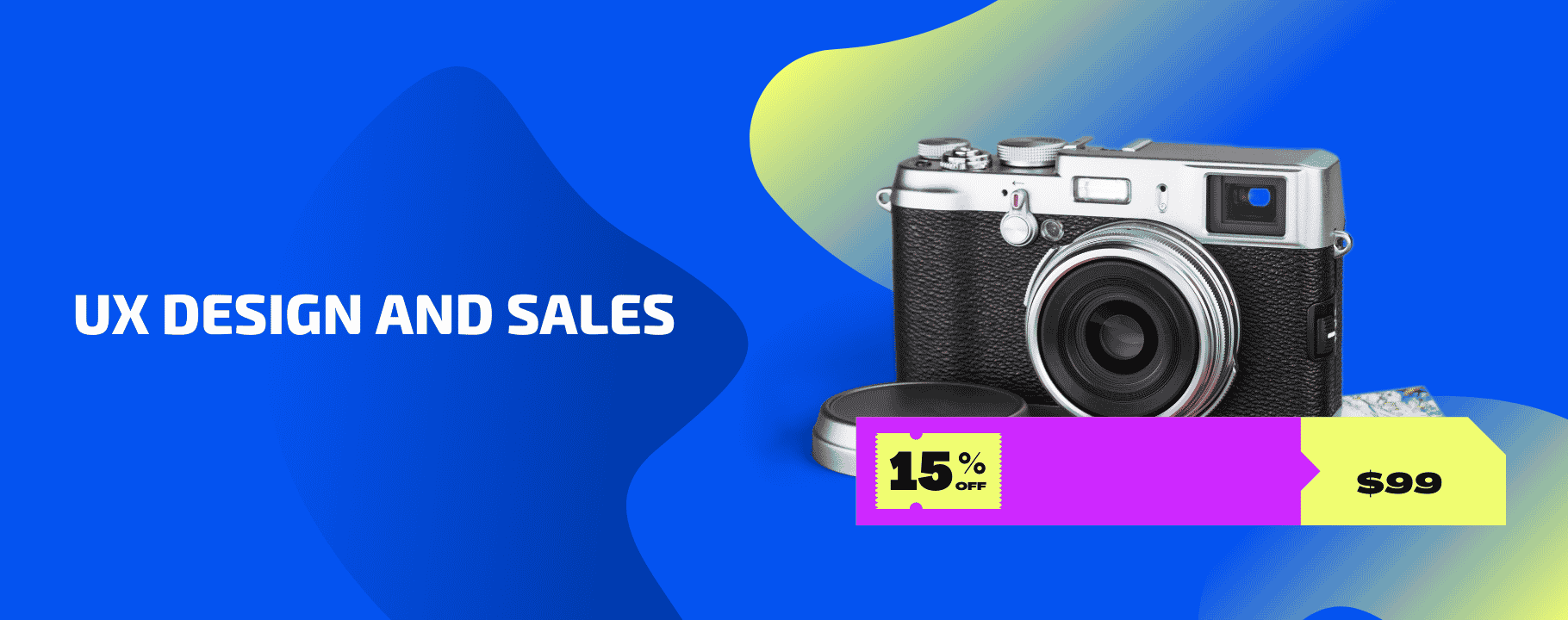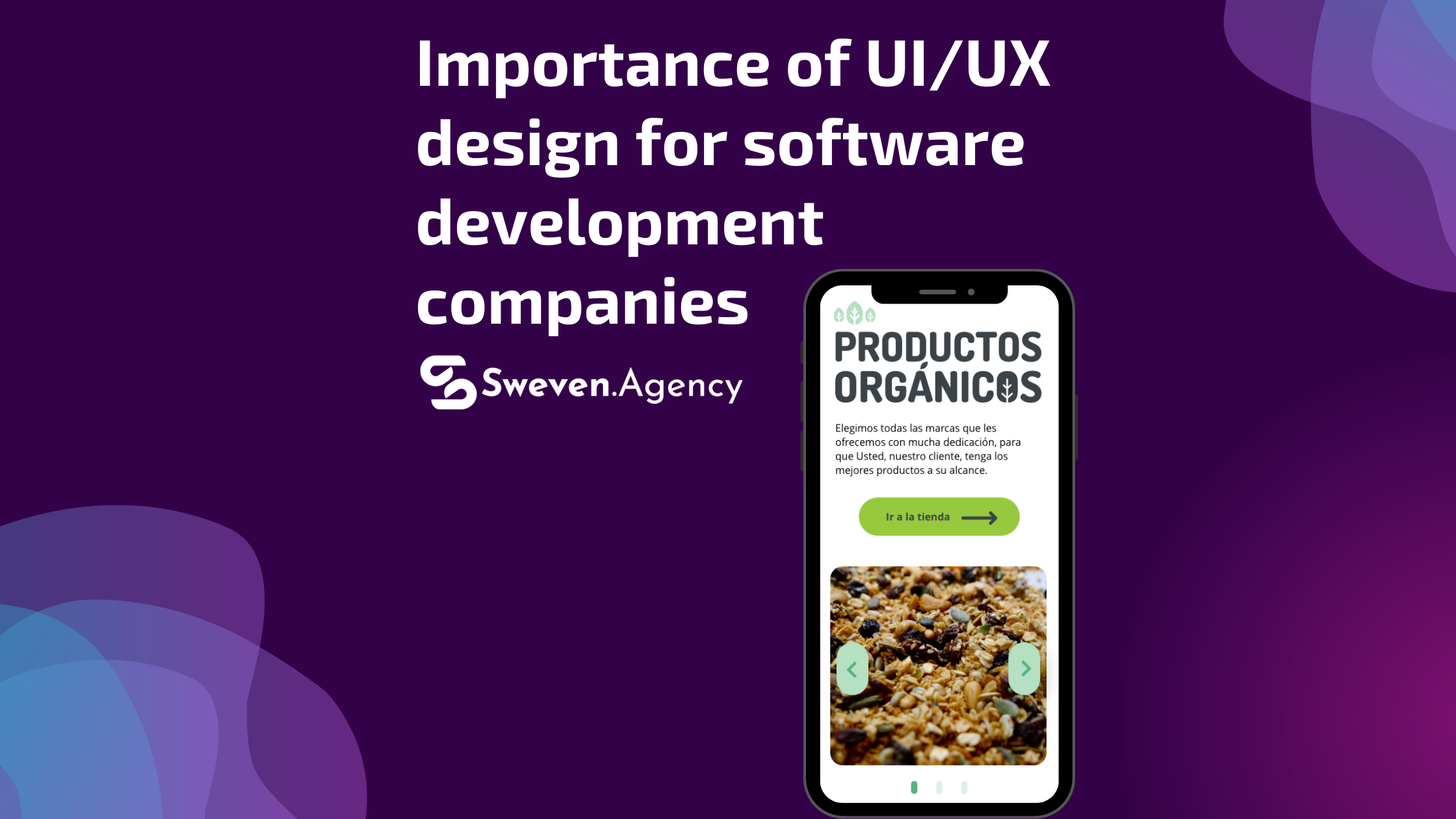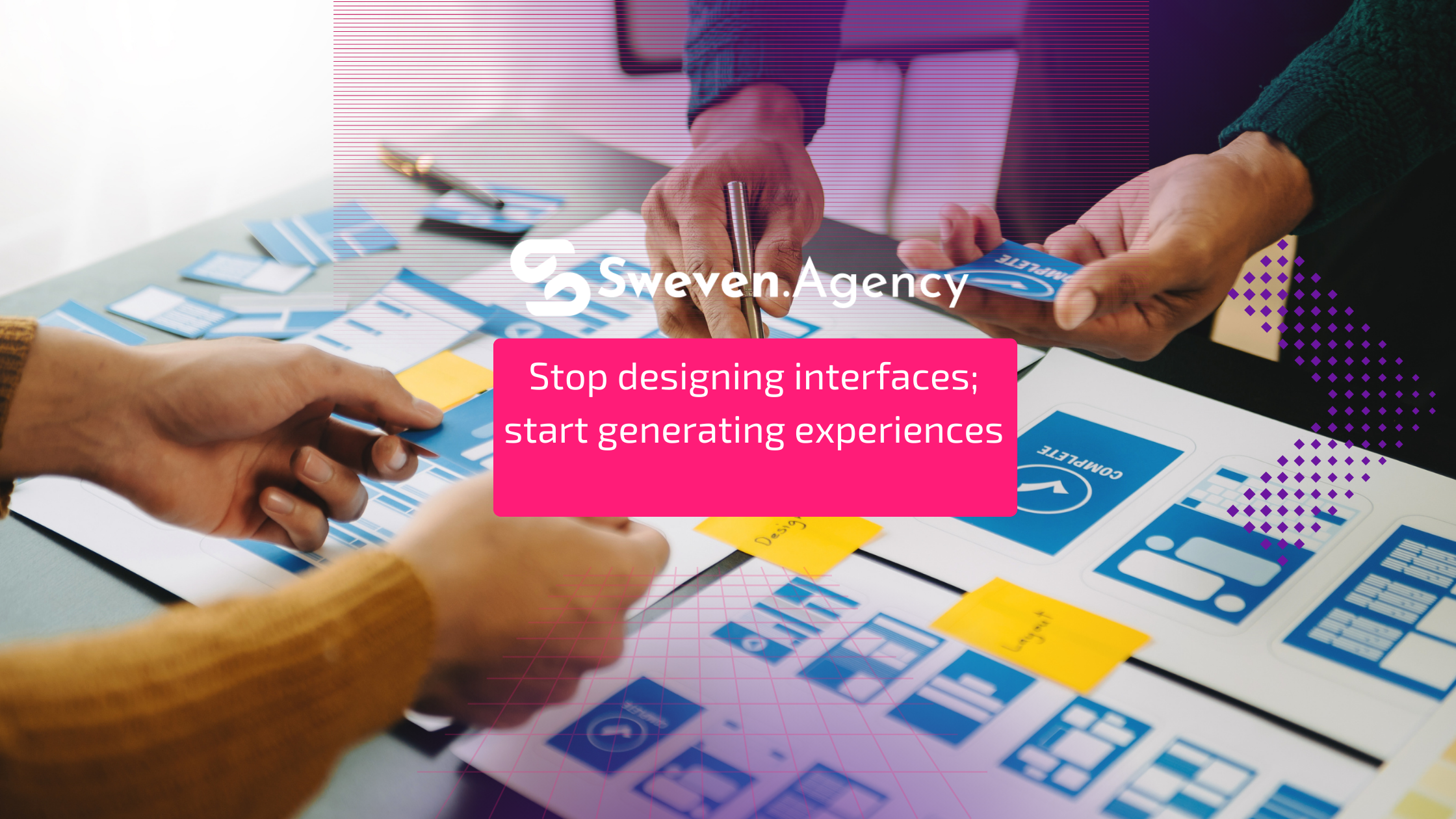The better it is, the fewer people notice it.
That’s the paradox of user experience design. If you make a website or app with a good user experience #uxdesign, the results will not be reflected in design awards, but in happy users, more customers, and increased revenue.
As a result, UX design is growing more and more. If your business aims to generate more sales, leads, or subscribers, a strong user experience is a powerful driver to achieve those goals.
Define your strategy
In the first stage, we consider strategy. What are the company’s objectives? Are we trying to build a brand? Sell more of our products? Get a better return on #investment for #advertising?
This is the stage where we might do a competitive analysis, engage stakeholders, develop user personas, and perhaps develop a trend chart.
Ask yourself:
- Who are your target market and your competitors?
- Who has the most insight into the direction and needs of the business?
- Who is vital to include early in the process?
- What are the pain points, goals, and behavior of a typical user?
- What styles and branding elements are essential to the project?
At this stage, we are learning as much as we can about the scope of the project. The typical who, what, where, and why.
Do your research
Next, we need to move forward with the research. At this stage, we want to get as much information on the current situation, where the problem areas are, etc.
Tactics you can use here are analytics review, heuristic review, content audit, and user interviews or surveys. Your goal in all of this is to see where you are succeeding with your strategies and objectives, and where you can improve. You could succeed by doing the wrong things, and fail by doing the right things. This part of the project will go into the details.
Analyze your research
Now the fun part begins. #Analysis is the phase where we go from knowledge to action. So far, we have learned about our objectives, and our users, and have a solid understanding of our problem areas. Now, we can start with problem-solving, developing theories about why something has been ineffective, and thinking about how to fix it.
Do you have several abandoned shopping carts? Are they because of shipping costs? Why don’t you allow guest checkout? Do abandoned carts originate from another cause? At this stage, you can start planning some tests and experiments that will take you to the next stage. Actually, you are not implementing tests at this stage, you are defining the process of how to design the experiment that will give you the answers you need.
Move to production
Finally, once you have resolved the major issues with the design process, you can move into production. During this stage, you can introduce a limited beta audience to the new site to get feedback from real users before going public.
Use A/B testing to experiment with alternate designs of your home page or products, and you can use user testing, interviews, or surveys to get additional feedback from real users.
If you did your homework during the strategy and research stages, the designs will reflect your research, and user feedback are aligned with your strategy and objectives.
There you have it. You’ve moved through a whole round of processes, from strategies to tactics. But remember, this is an iterative process, an optimization process. You can start the cycle again for further improvements, over time.








